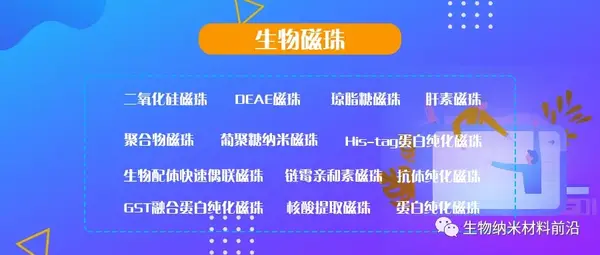

Due to its small size, easy surface modification and internal hydrophobic properties, cationic polyamide-amine (PAMAM) has been proven to be an effective drug delivery vehicle. In addition, PAMAM itself also has anti-cancer activity, but this activity is affected by autophagy induction. In addition, the side effects of PAMAM also limit its clinical application. here,Professor Zhang Yunjiao and Professor Wen Longping from South China University of Technology and Professor Wang Weiping from the University of Hong KongA light-responsive PAMAM assembled nanoparticle was designed and used to load the autophagy inhibitor chloroquine (CQ) to achieve precise and controllable drug release.
Under light, the nanoparticles will dissociate into small charged PAMAM to produce significant anti-tumor effects. At the same time, the released CQ can inhibit the pro-survival autophagy induced by PAMAM, and then show a good synergistic anti-tumor effect in vivo and in vitro. This study uses PAMAM as a carrier of autophagy inhibitors to achieve combined treatment of tumors, which provides a new reference for the development of high-efficiency and low-toxicity anti-tumor treatment strategies.
Manman Jing. et al. Photoresponsive PAMAM-Assembled Nanocarrier Loaded with Autophagy Inhibitor for Synergistic Cancer Therapy. Small. 2021
DOI: 10.1002/smll.202102295
https://onlinelibrary.wiley.com/doi/10.1002/smll.202102295
This information is sourced from the Internet for academic exchanges. If there is any infringement, please contact us to delete it immediately








